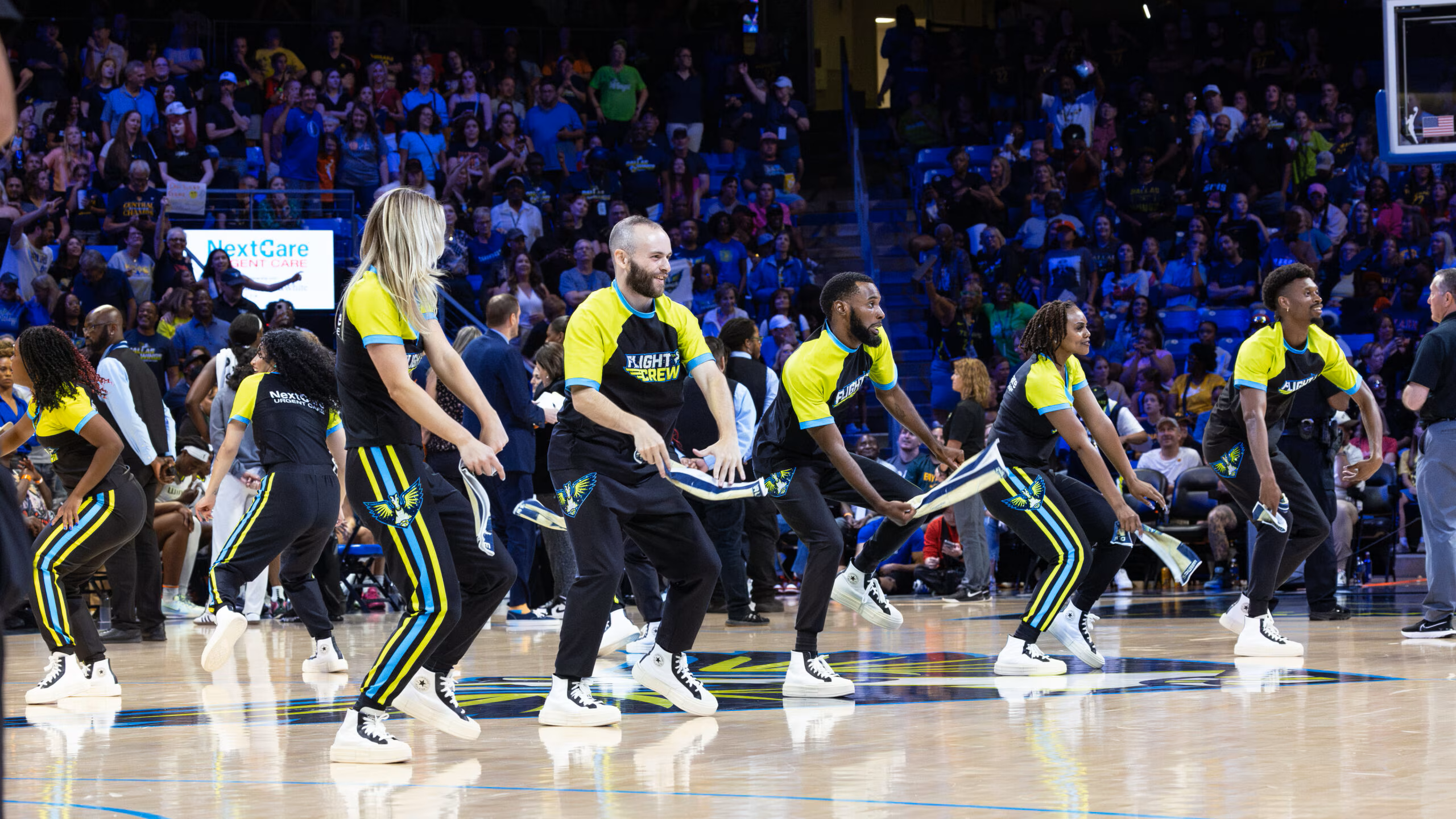Life in a Small Market
Post NAB road tour heads west
SEATTLE
During this bicentennial year of the Lewis and Clark expedition, a motorcoach packed with broadcast equipment, traveling some of the same routes the famous explorers did, bringing the state-of-the-art digital broadcasting savvy to some of the smallest television markets in the country.
Departing from Seattle in early May, the Advanced Broadcast Solutions Technology Tour 2005 headed east to Spokane, then into the heart of Montana, with stops at Missoula, Billings and Bozeman. It hit Idaho stations in Twin Falls and Boise, Washington stations in Tri-Cities, Yakima and Tacoma, then to Oregon stations in Medford, Eugene and Portland.
"The whole purpose was to help the broadcasters we visited create better product, more efficiently, at a lesser cost to them," said Advanced Broadcast Solutions founder, Mark Siegel.
"I think it's a great idea," said Lee Wagner, general manager of KMVT in Twin Falls, Idaho, designated market area No. 191. "A small market station like we are typically doesn't go to NAB on a regular basis, and doesn't take many people when it does."
This tour "gave us an opportunity to see a range of equipment and options that we normally would not be exposed to other than through trade journal advertising," he said. "We were able to get five or six of our operations and production people involved to see what's out there. It's a great education tool."
The bus spent an hour-and-a-half at each station, with a half-hour between to drive from one to the next.
EXPOSURE TO NEW GEAR
One of the most popular pieces of equipment on the bus was the Triveni StreamScope, with which engineers could determine whether their digital signal complied with FCC standards. They were also shown how Wohler audio monitoring equipment could check audio, and how Streambox video transport equipment could IP encode a video stream and examine the quality of such a stream.
"We talked about Evertz's fiber solutions, and how we could use their VistaLINK to monitor the health of the fiber system or the fiber network," said Siegel. "We also had Nucomm's new offering, their portable ChannelMaster TX1 microwave unit."
"Marshall Electronics was there, we had some of their LCD displays," he said. "And MicroFirst, an automation vendor, controlled an Omneon server for content."
Siegel is an evangelist for broadcasters using technology for generating additional revenue streams. "They have this wonderful gift called digital bandwidth that many of them don't know how to generate revenue off of using multiple digital channels."
He cited the examples of the Las Vegas Fire Department using a local TV station's digital spectrum to send building floor-plans to laptops carried in first-responder fire trucks, and the Los Angeles school district which is also using a local station's digital spectrum to move content and data.
"We showed a Triveni Digital SkyScraper, used to insert ancillary data channels," Siege said. "We also showed them Scopus encoders, which were very cost effective SD encoders so they could add additional SD streams to their digital channel. Also a Logic Innovations multiplexer to show them how they could better utilize their digital bandwidth."
In the smallest market the road show visited, DMA No. 194 in Bozeman, Siegel described a unique need he discovered.
"We were at KZBK, a Cordillera Communications station, sitting with the general manager, news director and chief engineer. The biggest thing in their market is wildfires, and when their news people go into these hot spots they have no way of getting the information back," he said.
He noted that at a wildfire location, there's frequently no access for a satellite truck, and no line-of-sight for microwave.
"We started to talk about delivering audio and video content over IP through a sat-phone. So here we are in a very small market, talking about very heavy-duty technology."
Cordillera has stations across Montana, in Billings, Bozeman, Butte, Great Falls, Helena, Kalispell and Missoula. Matching them city-by-city is another state broadcast group, Max Media Montana.
"For the folks who did not make it to NAB, some of the technology they've seen out there in his traveling road bus was fabulous," said Max Media Chief Engineer Mike Warner. "It gave them a lot of insight into a lot of this, maybe a little different outlook on some of this digital technology as far as the direction it's headed."
Siegel called the tour a "bidirectional exchange of information where they share their needs and we solve them, and we also share opportunities where they may be able to do things a little differently.
"We get to bring information about what other people are doing in other parts of the country as we travel around, and what we've collected, having been in this industry for 20 years."
He gives some high marks to the smaller stations.
"Believe me, some of these small market stations are doing a helluva lot better than some of the larger stations as far as providing services and solutions and content and information to their customers. And they're much more efficient."
The road show clocked 3,800 miles, just a shade under what Lewis and Clark traveled from St. Louis to the Pacific Ocean. Another is scheduled early in the summer, and Siegel said he plans even more in the future.
Get the TV Tech Newsletter
The professional video industry's #1 source for news, trends and product and tech information. Sign up below.
